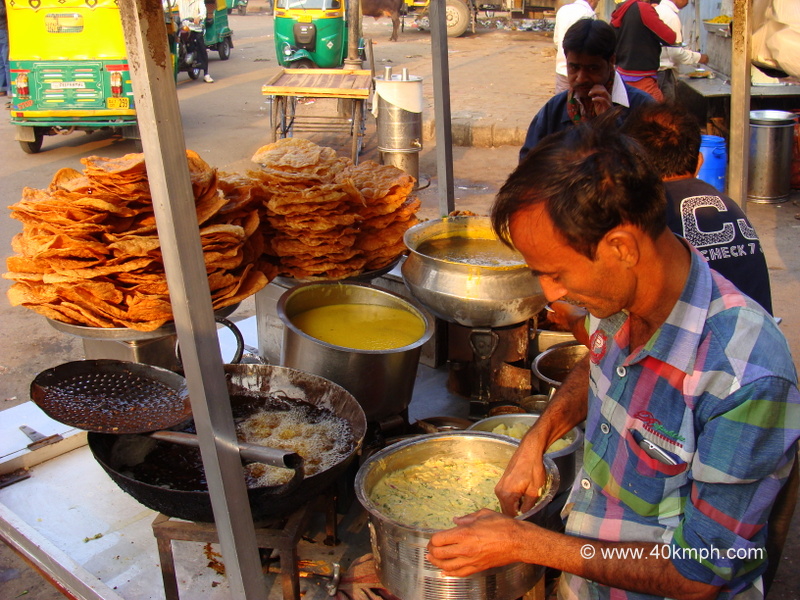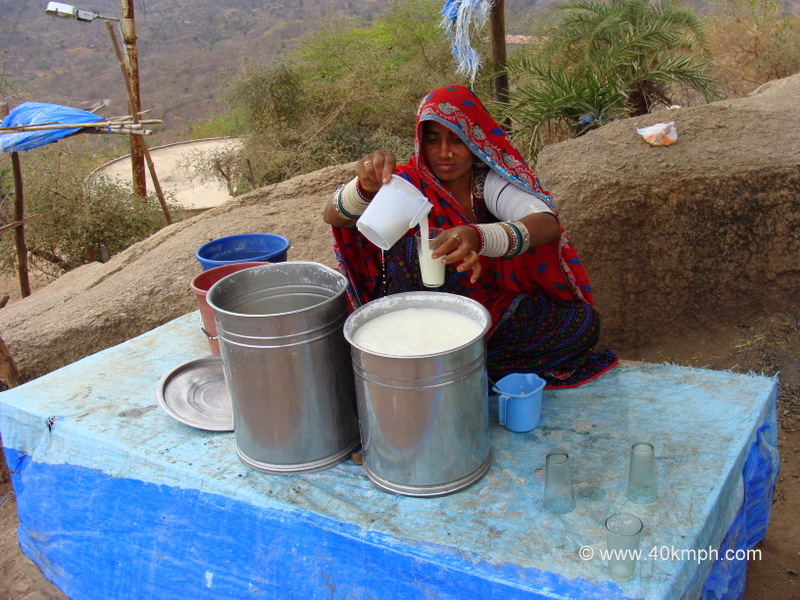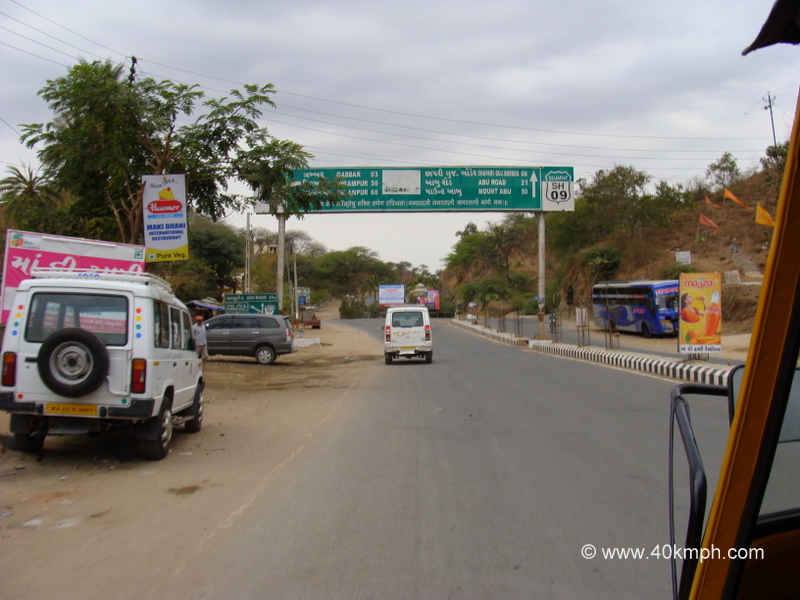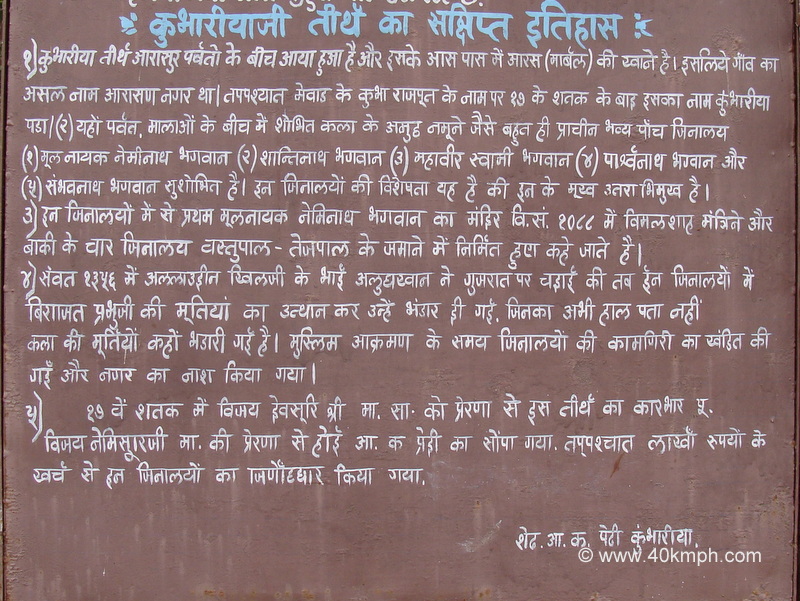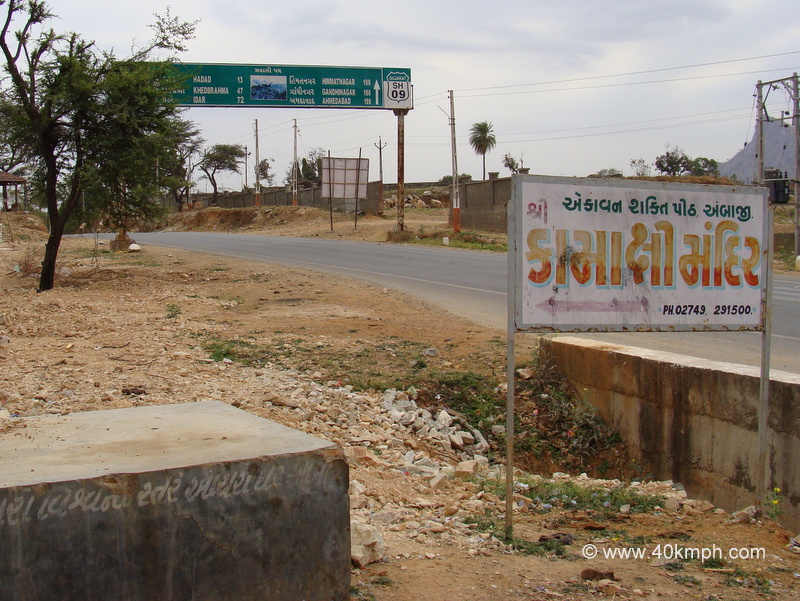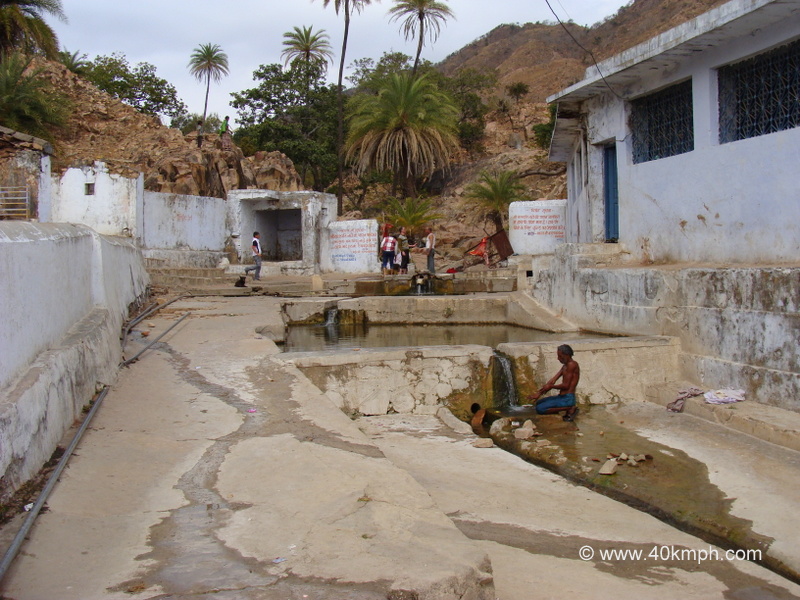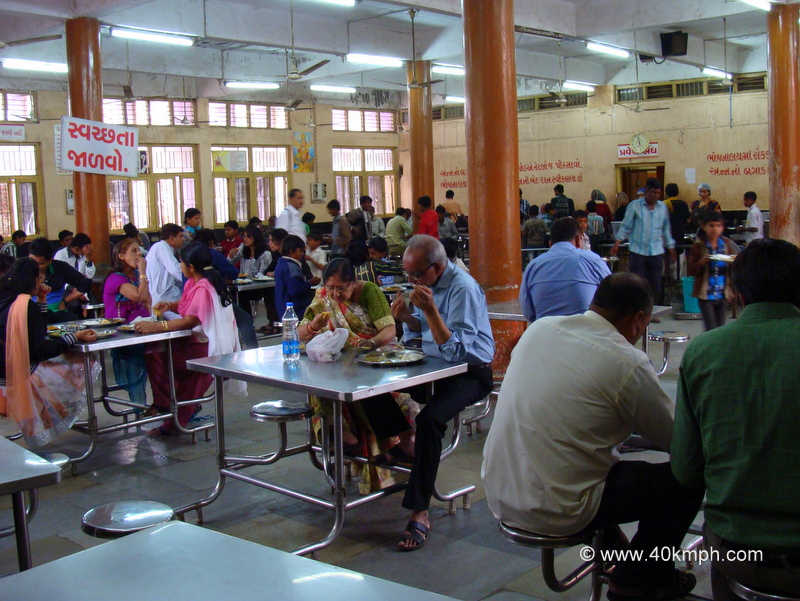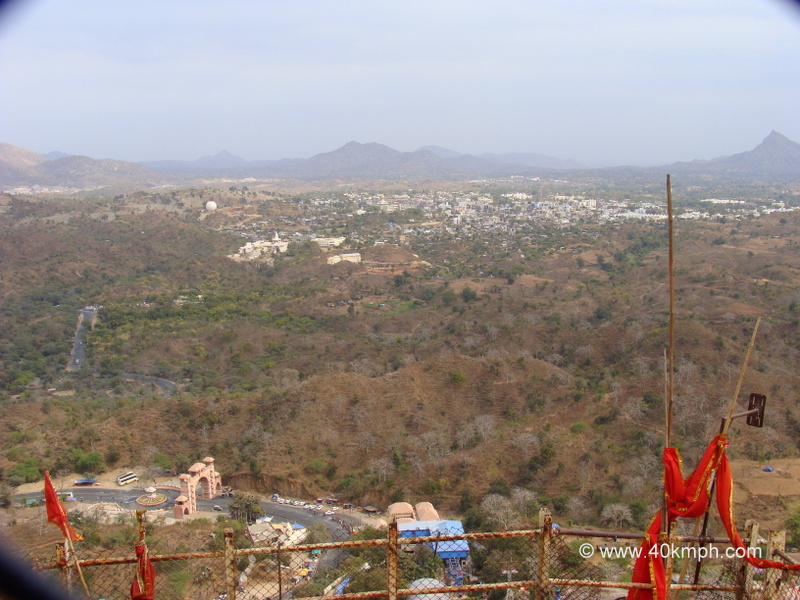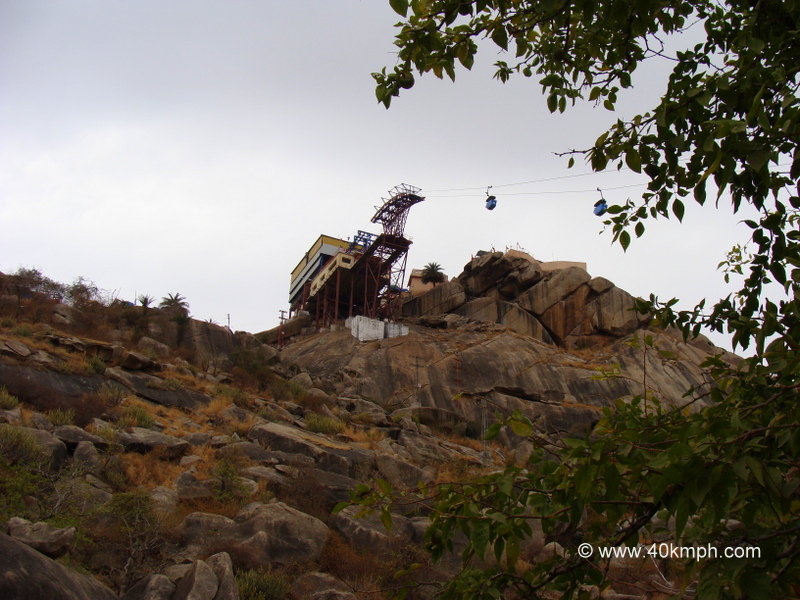Morning hours we were at Waiting Room, Ahmedabad Railway Station waiting to catch our next train. We made ourselves fresh by having a hot water bath and then I was hungry. Upon query, I was told to visit Revdi Bazar opposite the entry gate of the railway station. Just approx. 100 meters walk and I saw the crowd at a few stalls. We inquired about the food.
Dal Pakwan and Pakodi he said.
We ordered two plates. Dal Pakwan – Rs. 20/- per plate and Pakodi Rs. 15/- per plate.
It was a new dish as I never had Dal Pakwan before. Interesting it was. These makeshift shops are open from 7 am to 11 am only. By afternoon hours food is finished.
And how can I forget the Hot ‘Jalebis‘ I had from Hari Om shop almost opposite railway station for Rs. 10/-. Rs. 120 kg he said. Delicious it was. I like Hot Jalebis.
